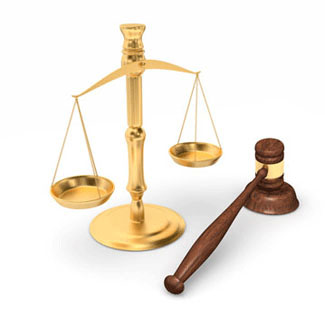
More About The Scientific Evidence And Expert Credibility Under Scrutiny In Talcum Powder Cancer Trials
Advances in the law and science call for a new analysis of the information connecting J&J's talc products to cancer
Wednesday, April 24, 2024 - A noteworthy advancement has occurred in the multi-district litigation (MDL) involving around 50,000 cases against Johnson & Johnson over their baby powder. U.S. District Judge Michael Shipp of Trenton, New Jersey, has reviewed the scientific evidence once more. Talcum powder lawsuits allege that asbestos contamination of the talc used in the company's products has caused ovarian cancer in the plaintiffs. Judge Shipp's decision to reexamine the evidence was prompted by advances in the law and science that called for a new analysis of the information connecting J&J's talc products to cancer. This reassessment ushers in a new stage in the dispute, which Chief District Judge Freda Wolfson oversaw until her retirement. Johnson & Johnson's defensive tactic, which highlights the challenges plaintiffs have in establishing a clear causal link between their use of talc and ovarian cancer, adds to the cases' complexity. J & J has also taken legal action to cast doubt on the reliability of a number of expert witnesses who testified for the plaintiff, arguing that their conclusions ignored additional possible asbestos exposure sources. This demonstrates the difficulties that these lawsuits entail, as plaintiffs have to establish causality in the face of a wide range of plausible environmental and genetic variables.
Plaintiff attorneys Leigh O'Dell and Michelle Parfitt are unfazed by Johnson & Johnson's strategic moves. They claim that the data supporting the link between J&J's talcum powder products and cancer has only gotten stronger. They charge J&J with using dishonest tactics to hide the talcum powder's potential for cancer. As seen in a well-known Missouri case where a jury's multi-billion dollar award to 22 women was maintained on appeal, even though the punitive damages were eventually lowered, this story of corporate wrongdoing has historically had a considerable impact on jurors. The continuous legal dispute in New Jersey highlights more general legal and scientific debates about asbestos and talc pollution. The resolution of this lawsuit may have a significant impact on how product liability is established, consumer safety laws, and the admissibility of scientific evidence in court. These procedures show how law and science are increasingly interacting, and they have the power to change consumer protection laws and business practices. As the court gets ready to examine fresh scientific data and expert testimony, the most recent events in the Daubert hearings point to a change in tactics. Since the Daubert standard controls the admissibility of scientific and expert witness testimony in federal courts, this reevaluation is essential. In response to recent developments in science and the legal system that may have an effect on the continuing talc action, Judge Shipp decided to reconvene these hearings. The purpose of the hearings is to carefully investigate the methods employed by the experts on both sides to ascertain whether asbestos is present in talcum powder and whether this material is connected to ovarian cancer. The outcome of this review may have a substantial impact on the viability of hundreds of lawsuits filed against Johnson & Johnson.
 OnderLaw, LLC -
OnderLaw, LLC -